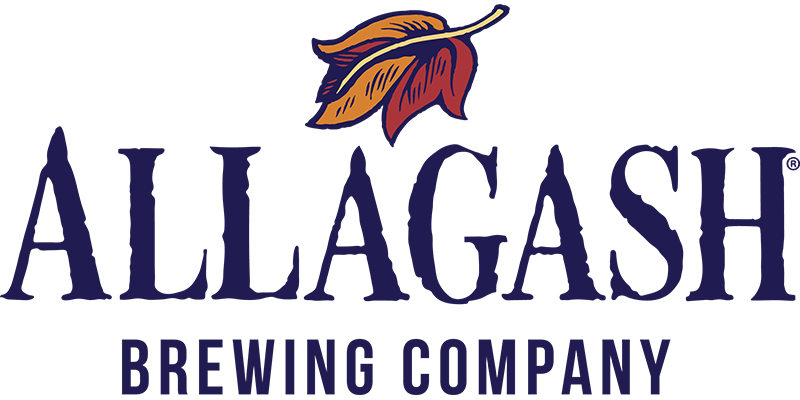Our Coolship beers are crafted using a traditional Belgian method of spontaneous fermentation. Hot, unfermented wort is cooled overnight using outside air temperature in a traditional, large shallow pan known as a “coolship.” During the cooling process, naturally occurring microbiota from the air inoculates the beer, and in the morning, it is transferred into French oak wine barrels where the entire fermentation and aging (over 1-3 years) takes place.
The Brew
First, you have the brew. Typical brews aim to gently break up the sugars in grain to create a nice, simple food source for the yeast to feast on in the fermentation tanks. In brewing spontaneous beers, the goal is to abuse the heck out of the grain—this process is called a “turbid mash.” This violent mixing breaks apart the grains, extracting tannins, starches, and polyphenols, which runs pretty directly against traditional brewing methods. Spontaneously fermented beers, however, ferment over the course of years—rather than the weeks it takes most other styles—so the brewer needs to create a complex enough source of food to keep the yeast and bacteria satiated for their long stay in oak.
Aged Hops
If you’re keeping to tradition while brewing spontaneously fermented beers, you want almost zero bitterness. And a hop’s bitter flavor, for the most part, resides in Alpha Acids which dissipate from the cones over time. After around four years of aging, our hops not only smell similar to old cheese (an odor that mercifully dissipates during the brew), but help to preserve the beer during fermentation without adding any hoppy bitterness.
Filling the Coolship
Steaming hot wort—or unfermented beer— is pumped directly into the coolship. This process is actually a lot more interesting than it sounds. First, the metal of the coolship itself shifts and warps—causing quite a few sharp bangs—as it’s filled with nearly two-hundred-degree wort. The wort runs through a strainer, which strains out the aged hops—the strainer has to be actively cleaned out by an attending brewer. Also, thanks to the lower outdoor temperatures this sort of cooling process requires, there’s a whole lot of steam. After about a minute, the air is so full of malt-flavored mist that it’s difficult to see your own hand.
Staying Out All Night
The brewer never physically adds any yeast or bacteria; microbiota surfing the Maine breeze (and our brewing space) actually finds its way onto beer that’s sitting in the coolship overnight. The wild yeasts and bacteria will eventually convert all of the wort’s sugar into ethanol (alcohol) and sour the beer—through a process that could take a book’s worth of text to explain—giving spontaneously fermented beers their signature tart, dry taste.
Barrel Time
In the morning, the wort goes into the “horny tank” where it’s mixed. Before mixing, inoculation happens purely at the surface of the liquid. This holding tank is necessary to distribute the inoculant (microbiota) evenly throughout the liquid, which then goes directly into barrels. When talking about spontaneously fermented beer, it’s better to think of the barrel not as a container, but as an environment. Oxygen ingress—minute amounts of oxygen allowed into the barrel by the natural pores in the wood—profoundly changes the beer. This barrel aging process can take up to three years for spontaneously fermented beers.
Mixing It Up
Once the barrel aging is complete (as judged by the brewers) the blending process begins. There’s no getting around it, different barrels produce different beer. This is due to a combination of the unique mixtures of wild yeast that come to roost on the wort, along with the specific shape and make-up of each barrel. As our process goes, Jason, our brewmaster, selects barrels and creates the initial blends. He then brings in a panel of senior brewers to evaluate the blends. After much sipping and talking, a favorite is crowned. This is the beer you’ll hopefully be enjoying sometime soon.



